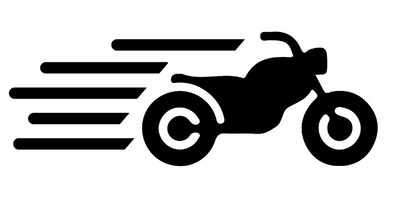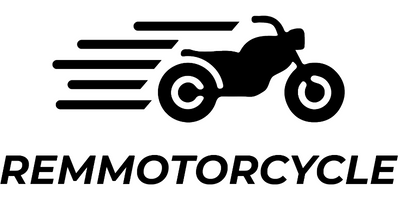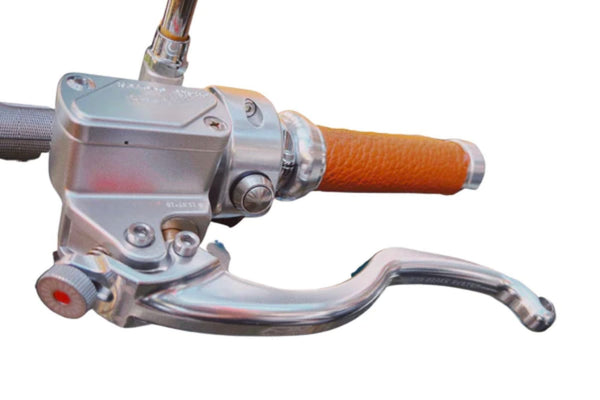RECHERCHE PAR CATEGORIES
RECHERCHE PAR INSPIRATIONS
- Shock absorbers
- Thermal bands
- Aluminum boxes
- Rear curls
- Bubbles
- Turn signals
- Commodos
- Meters
- Rear shells
- Exhaust
- Rear lights
- Air filters
- Forks
- Wardrobe
- Handlebars
- Brake and clutch levers
- Side plates
- Handles
- Headlights
- Footrest
- Tanks
- Mirrors
- Stool
- Silent
- Fork bellows
- Insurance supports
- License plate supports
- Shock absorbers
- Thermal bands
- Aluminum boxes
- Rear loops
- Bubbles
- Turn signals
- Commodos
- Meters
- Rear shells
- Swine
- Rear lights
- Air filters
- Forks
- Wardrobe
- Handlebars
- Brake and clutch levers
- Side plates
- Handles
- Headlights
- Footrest
- Tanks
- Mirrors
- Stool
- Silent
- Fork bellows
- Insurance supports
- License plate supports
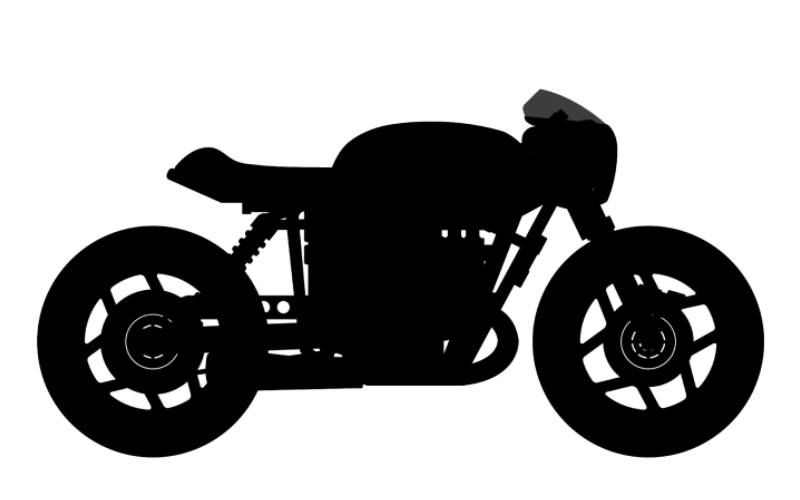
- Shock absorbers
- Thermal bands
- Aluminum boxes
- Rear curls
- Bubbles
- Turn signals
- Commodos
- Meters
- Rear shells
- Exhaust
- Rear lights
- Air filters
- Forks
- Wardrobe
- Handlebars
- Brake and clutch levers
- Side plates
- Handles
- Headlights
- Footrest
- Tanks
- Mirrors
- Stool
- Silent
- Fork bellows
- Insurance supports
- License plate supports

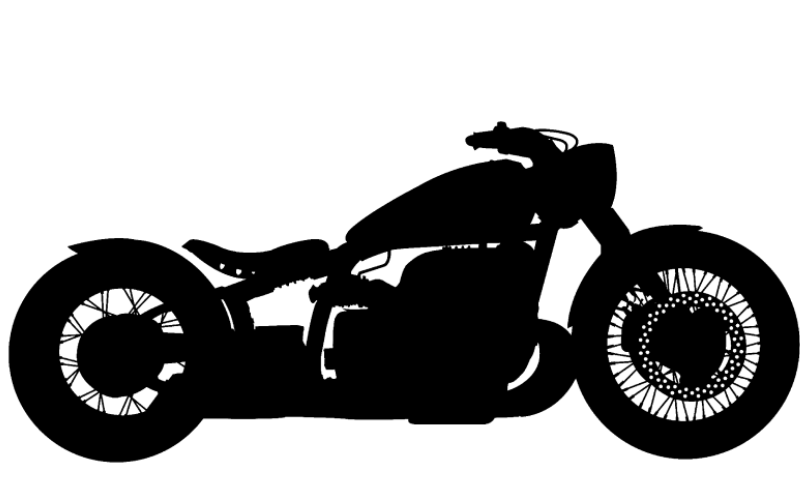

- Shock absorbers
- Thermal bands
- Aluminum boxes
- Rear loops
- Bubbles
- Turn signals
- Commodos
- Meters
- Rear shells
- Swine
- Rear lights
- Air filters
- Forks
- Wardrobe
- Handlebars
- Brake and clutch levers
- Side plates
- Handles
- Headlights
- Footrest
- Tanks
- Mirrors
- Stool
- Silent
- Fork bellows
- Insurance supports
- License plate supports
Master Cylinder Radial Motorcycle Ex9
23263
- Fully machined in aluminum
- Left or right
- 15.87 mm or 17.5 mm
- 22mm handlebar
- Black or silver
- FJN logo on the jar cover

4-INSTALLMENT PAYMENT |

TESTED ET APPROVED |

SATISFACTION GUARANTEED |
Improve the braking and clutch feeling by placing on a motorcycle radial cylinder master.
Ex9 cylinders are massage, in an aluminum block.
They do not come from a molding like most levers. This guarantees sustainability and reliability.
The master cylinder radial motorcycle ex9 has a rocking lever allowing to improve the feeling when pressure and reduce the necessary action force.
In addition to improving braking, you will Improve the look of piloting post with a beautiful aluminum piece.
There lever race is adjustable With the wheel.
The Master Motorcycle Radial Cylinder is offered in 2 colors:
- Black
- Money
The Master Motorcycle Radial Cylinder is offered for both sides:
- Left: for a hydraulic clutch or a rear brake for an automatic motorcycle
- Right: for the front brake
The Master Motorcycle Radial Cylinder is offered in 2 piston sizes:
- 15.87 mm
- 17.5 mm
The size of the piston is to be chosen according to the number of stirrups, the number of piston of the caliper etc. More information regarding the piston size choose on our blog.
Example of installation of a master motorcycle cylinder motorcycle
Here associated with Commodos Box

Note : Available within 7-9 days.
To find out more about the master radial cylinders:
Why choose a motorcycle radial cylinder master?
Masters motorcycle radial cylinders are generally considered better than standard masters because they provide a more precise and powerful braking system. The radial masters have a larger piston and a longer race than the standard masters, which allows them to provide greater global braking strength. In addition, the radial design allows a more uniform distribution of pressure, which contributes to reducing the risk of irregular or incoherent braking. Finally, the radial masters are generally made with high-performance materials designed to resist heat and vibrations of a motorcycle, which gives them increased longevity and reliability.
How to choose a Master Radial Motorcycle cylinder?
The diameter of the piston: Choose the piston diameter corresponding to your braking system
The handlebar diameter: depending on the size of your handlebars (22 /25 mm) Choose the corresponding master cylinder.
The brand: It is important to choose a good quality master cylinder to guarantee reliability and sustainability.
Manufacturing materials: a machined aluminum master cylinder is of better quality than an alloy molded product.
How to purge the Master Motorcycle Radial Cylinder?
The purge of the Master Motorcycle Cylinder Master is a process which consists in eliminating the air present in the braking system. This is necessary when air has entered the system, which can cause malfunction or reduction in braking power.
Here are the general steps to purge a brake master cylinder:
- Prepare the necessary equipment : You will need a brake bleeding kit, clean brake oil and a tool to loosen the brake fittings.
- Locate the brake master cylinder : The brake master is generally located on the handlebars of the motorcycle, it is often covered with a cache.
- Loosen the brake purges : Use the appropriate tool to loosen the brake purgeurs located on the brake master cylinder and on the caliper. Be ready to collect the oil that will flow when you loosen the fittings.
- Purge the system : Use the brake bleeding kit to purge the system. Depending on the kit, it may be necessary to press a pump to suck the air or press the brake lever to get the air out.
- Check the oil level : When the air is evacuated, fill the master-cylinder with clean brake oil to the appropriate level. During the operation, keep liquid in your jar. The type of oil to be used is generally written on the brake tank cap.
- Reinstall brake fittings : Tighten the brake fittings again and check that the oil leak is absent.
- Test braking : Test the braking to make sure it is working properly. It is important to do this on a safe ground and with a moderate speed. You can also wait until several hours to check if air bubbles are still present in the circuit. These will go up and your lever will be "pout", it will then be necessary to start again

